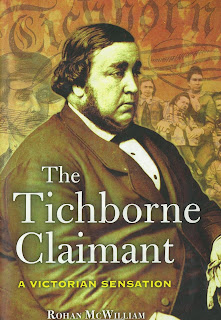Are you researching your family history? The Wagga Wagga City Library has many different resources to help your search. Though a lot of resources are available online (we do have the library edition of Ancestry available to use in the library) we also have many books in the genealogy section that may be of use to you.
Here's a selection to get you started:
Tracing births, deaths and marriages at sea by Christopher T & Michael J Watts
This little book covers pretty comprehensively everything you would want to know about searching for these kinds of records. At first it may seem an obscure topic but as travelling by sea was so common in times past, it may be helpful for those trying to find missing ancestors where records stop or start at sea.
"In this book we will concentrate not so much on such myths, and legal niceties, but rather upon the more practical aspects of just what records of such events have survived, what they might reveal and where to find them."
Tracing births, deaths and marriages at sea, p 1
Sydney Burial Ground (Elizabeth and Devonshire Streets) and history of Sydney's early cemeteries from 1788 by Keith A Johnson and Malcolm R Sainty
A detailed study with photographs and encyclopedic indexes and appendices and explanations of the records ( for example, Licences and Butt Books). There is a potted history of the earliest burial grounds 1788-1901. Interesting to note that the Sydney Burial Ground was removed to make way for the Sydney Central Station.
"In 1901 the New South Wales Government invited descendants and relatives of those interred at the Sydney at The Sydney Burial Ground to relocate the monuments and remains. The cemetery had been closed fro more than twelve years and presented a deserted and neglected appearance."
Sydney Burial Ground p. 35
Researching Australian School Records: A Guide for Family Historians and Local History Enthusiasts, by Geoffrey Burkhardt
Maybe school records are not an immediately obvious avenue for genealogical research, but they may give a personal touch to a person's history where other records may be considered austere or unforthcoming. This book's Australian focus makes it super helpful.
"In seeking out the school record sources described above, particularly the manuscript sources, family historians need to be resourceful and not just rely on state archive repositories."
Researching Australian School Records p. 55
The Genealogy reference section contains many more resources including shipping records, how-tos on finding records and people, and many other gems besides. Browse the shelves or ask the friendly staff for assistance :-)


















































